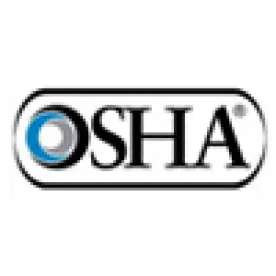The federal Occupational Safety and Health Administration (OSHA) recently released a memorandum clarifying its enforcement efforts against the inpatient health care and nursing home industries. The list of covered facilities is broad, including psychiatric and substance abuse hospitals, development disability facilities, continuing care and assisted living retirement homes, convalescent homes, hospices, skilled nursing facilities, and drug rehabilitation facilities.
For nursing homes and residential care facilities (NAICS Major Group 623), these focused inspections are a continuation of the previous National Emphasis Program, OSHA Instruction CPL 03-00-016. OSHA reviewed data collected from that program and determined the pressing need to continue its enforcement actions to reduce the number of those hazard exposures.
The memo also expands the scope of that program to hospitals (NAICS Major Group 622). Accordingly, almost any health care facility offering residential or inpatient services could be subject to an inspection. Those with a high number of work-related injuries or illnesses are more likely to be selected.
Published on June 25, 2015, Deputy Assistant Secretary Dorothy Dougherty's memorandum "Inspection Guidance for Inpatient Healthcare Settings" ("Memo") directs OSHA Regional Administrators and State Plans to focus inspections at these facilities to reduce five primary hazards:
- Musculoskeletal disorders relating to patient or resident handling
- Bloodborne pathogens
- Workplace violence
- Tuberculosis
- Slips, trips and falls
The Memo addresses two other hazards that, when found during inspections, should be included in the scope of the inspection: (1) exposures to multi-resistant organisms, and (2) exposures to hazardous chemicals, such as those from cleaning products and disinfectants. Should a compliance officer observe any indicia of these hazards, the officer is instructed to expand the scope of the inspection to include them.
Finally, the Memo notes that there are no OSHA regulations directly applicable to many of the hazards found in these workplaces. In those cases, OSHA instructs compliance officers to cite employers using the General Duty Clause in the OSH Act. In doing so, OSHA will issue citations to health care facilities any time a workplace environment is not "free from recognized hazards." To help compliance officers issue General Duty Clause citations, the Memo even provides examples of suggested violations.
By broadening the inspection scope to include more facilities and by suggesting the use of the General Duty Clause for enforcement, OSHA is demonstrating its continued commitment to remove these hazardous exposures from the inpatient health care and nursing home industries.





 />i
/>i

